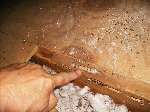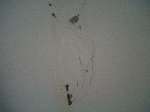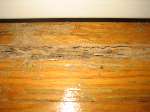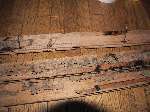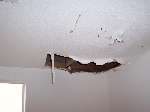Termite Damage: 7 Eye-Opening Facts From All over the World
It is a matter of common knowledge that termites are small and ant-like insects, feeding on the wood cellulose and working unseen under the surface.

But a few people know the true value of termite damage, caused by their prominent tunneling through the structure of wooden buildings. In fact, there are so many other perfect entry points for a destructive termite colony!
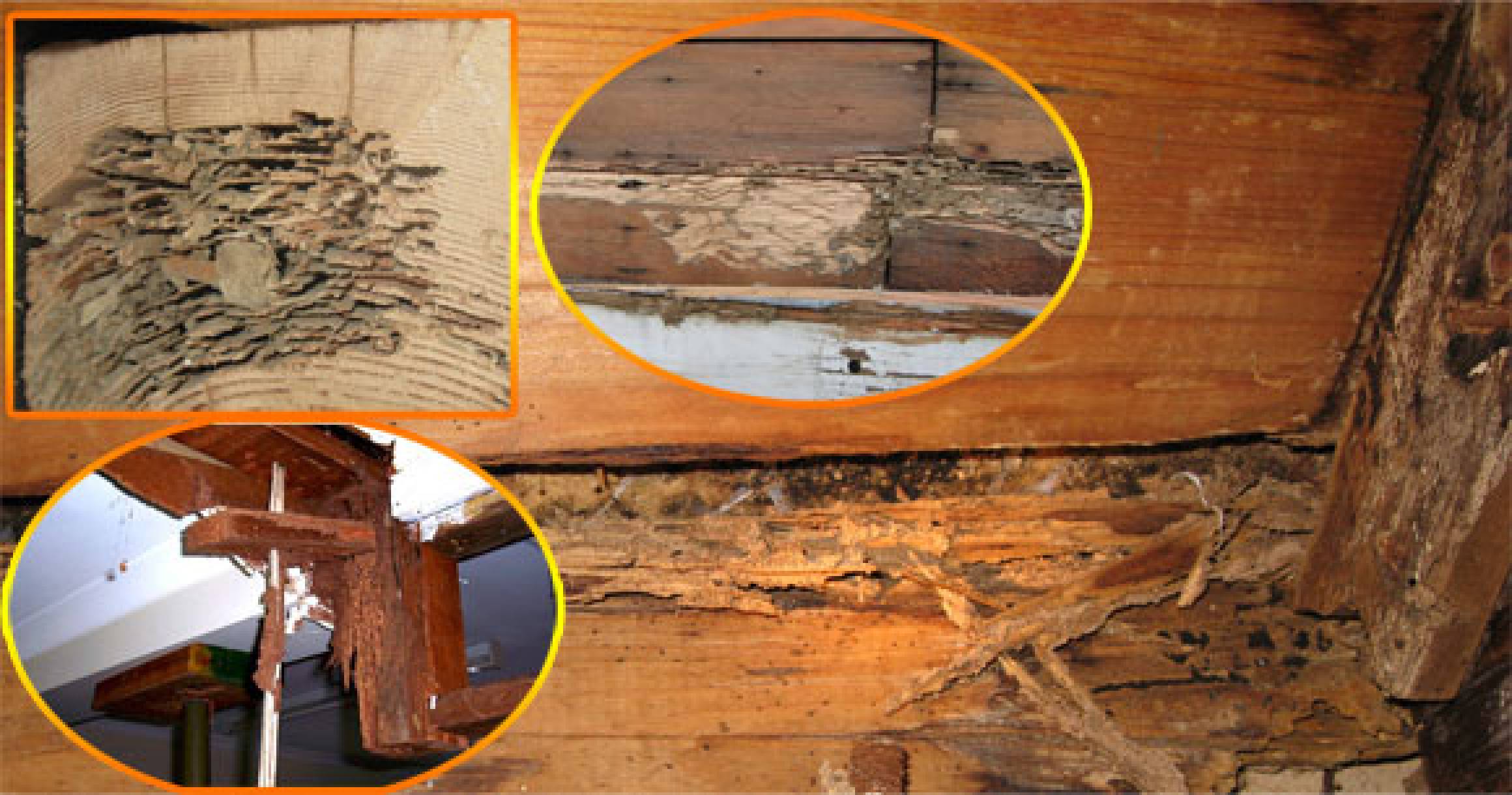
Numerous species of termites fall into 3 types: subterranean, dampwood & drywood.
All three differ in their colony-building habits, as well as preferred climate.
Subterranean termites nest in the wood and soil.
But they can also attack concrete slabs or house utilities.
Drywood termites prefer cellulose-based materials like lumber, siding & wooden trim.
So, no soil contact is required.
They may also reach the floors, furniture & books.
The whole point is that they can hardly be detected, until you notice small piles of their feces in your favorite book.
Dampwood termites locate in wet and decaying wood. So, the wood in contact with the soil is ideal nesting for these termites. If your own home has leaky pipes, for example, this is the best attraction too.
Striking Human Interaction: 7 Termite Damage Facts, or No Limit to Food
1. Today, over 2,300 termite species are described and found living in tropical and subtropical regions. Collectively, they infest 350,000 structures per year and, thus, are responsible for the $1-1.5 billion property damage averagely!
2. Just think of colonies containing up to 1,000,000 members... No wonder why they cause more home damage than storms and fire combined!
3. Owing to natural wood-eating habits, all termite species do great damage to any wooden structure. More so, their being concealed results in much severer damage because of being undetected at once!
4. After the termites have entered some building, they start damaging either cellulosic materials (paper, cloth, carpets); soft plastics, rubber, plaster, sealants (employed in construction); or even bone and some metals (e.g. lead)!
5. Not for nothing, these insects are viewed as pests around the world. For example, wide-mouthed termites have been recently blamed for consuming the $220,000 note worth of Indian rupees!
6. Despite timbers are naturally and well-known immune to termite damage (turpentine trees, teak, white cypress, or sequoias), some of their pieces may be still occasionally attacked!
7. The termites effects in agriculture are also damaging. In fact, they are probably the main crop pests in East Africa & North Asia.
After all, termites are so ecologically important in:
- Soil formation & its quality.
- Habitat creation.
- Nutrient recycling.
- Clearing away leaf & woody litter.
- Reproduction of the winged termites, as favorite food for countless predators.
- Survival of timber-inhabiting species, smaller animals & birds (due to the hollowing wood and providing them a shelter).
- Termites are the 11% source of atmospheric methane, which is No.1 among greenhouse gases.
Ξ Related Post from "Termite Damage"
Comments



